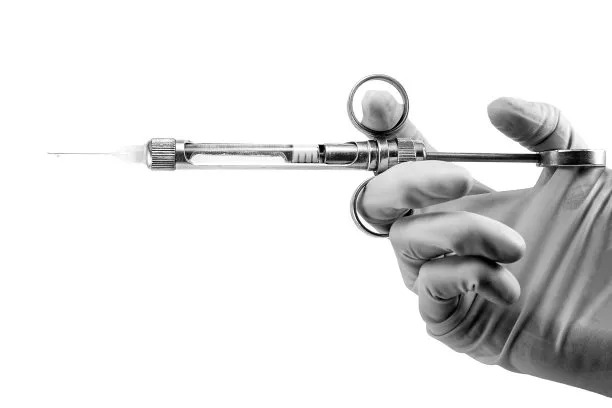The Essential Guide to Safely Extracting a Tooth and Promoting Healthy Oral Hygiene Practices
Summary: Extracting a tooth can be necessary, but it requires caution to ensure safety and comfort. This article serves as an essential guide to properly extract a tooth, highlighting the importance of consulting professionals, employing effective techniques, and promoting regular dental care practices for ongoing oral health. Through detailed explanations, readers will learn about the safest extraction methods, aftercare procedures, and best practices in maintaining oral hygiene, thereby minimizing the risk of complications. By following these guidelines, individuals can navigate tooth extraction and foster a healthier mouth, ensuring that both extraction processes and daily hygiene are managed effectively for long-term benefits.
1. Importance of Professional Dental Help

When facing tooth extraction, the first and foremost consideration should be seeking professional dental care. Dentists are equipped with the necessary training and tools to perform such procedures safely and effectively. Attempting to extract a tooth at home can lead to serious complications, including infections, excessive bleeding, and damage to surrounding teeth and tissues.
Moreover, dentists conduct an examination to determine whether extraction is indeed necessary. They assess the tooths condition and the overall health of the patient, ensuring that the extraction is the best option. In some cases, they might recommend alternative treatments, such as fillings or crowns, which can restore the tooth’s function without the need for extraction.
Lastly, a professional dentist will implement local anesthesia to eliminate pain and anxiety during the procedure. This ensures that the extraction is as comfortable as possible, greatly alleviating any fear that might be associated with the process.
2. Safe Techniques for Tooth Extraction
The process of extraction must be approached with a specific technique to ensure safety and efficacy. After numbing the area, the dentist uses specialized tools, such as forceps, to grasp the tooth securely. Gentle rocking motions are typically employed to loosen the tooth from the socket gradually, minimizing trauma to the surrounding tissues.
Additionally, the dentist must recognize when surgical extraction is necessary. This might involve teeth that are impacted or broken, which require more extensive procedures. Surgical extractions add another layer of complexity, but experienced dentists can handle these cases with skill and precision.
Post-extraction, its critical for both the dentist and patient to monitor the situation for any unusual signs of complications. Regular check-ups will help ensure the site is healing appropriately, and addressing any issues promptly can prevent more significant problems down the line.
3. Effective Aftercare Following Extractions
After the extraction, proper aftercare is vital for healing and preventing complications. Initially, patients should bite on gauze pads to manage any bleeding and help promote clot formation. This step is essential as it aids in the healing process, reducing the risk of dry socket, a painful condition that can arise when the blood clot dislodges.
Additionally, patients are advised to avoid certain activities, such as drinking through straws, smoking, or vigorous exercise, for at least 24 hours following the extraction. These activities can disrupt the healing process and increase discomfort. Instead, applying ice packs to the outside of the jaw can help reduce swelling and manage pain effectively.
Finally, following post-surgical dietary guidelines is important. Soft foods should be consumed to avoid irritating the extraction site, and proper hydration is necessary. Staying away from hot, spicy, or hard foods will aid in a smoother recovery.
4. Promoting Healthy Oral Hygiene Practices
Maintaining oral hygiene practices is crucial not only for general dental health but also for preventing the need for future extractions. Brushing and flossing regularly are essential habits that can thwart cavities and gum disease. Its recommended to brush at least twice daily with fluoride toothpaste, ensuring all surfaces of the teeth are cleaned effectively.
Moreover, regular dental visits should not be overlooked. Scheduling biannual check-ups allows dentists to catch potential issues early, leading to timely interventions that might eliminate the need for extraction. During these appointments, professional cleanings also aid in removing plaque and tartar buildup that regular brushing might miss.
Lastly, educating oneself about the risks associated with poor oral hygiene is vital. Conditions like periodontal disease can lead to tooth mobility and subsequent extraction. Engaging in preventive measures not only ensures a healthier mouth but also enhances overall wellness, reflecting the intrinsic connection between oral health and general health.
Summary:
This article has provided an in-depth overview of the essential aspects of tooth extraction, emphasizing the importance of professional dental help, effective extraction techniques, appropriate aftercare, and good oral hygiene practices. By following these guidelines, individuals can ensure safe extractions and maintain healthy teeth and gums.
This article is compiled by Vickong Dental and the content is for reference only.



